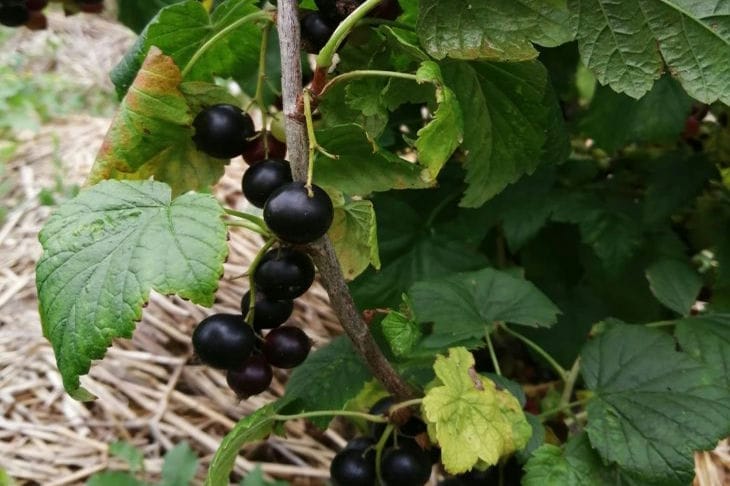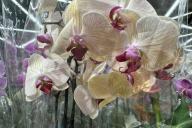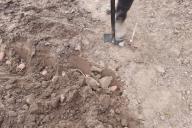Currants are a favorite berry of many gardeners, delighting with their taste and benefits.
However, sometimes mysterious red spots appear on its leaves, causing concern among the owners of the plots.
These marks can be a sign of a variety of problems, from harmless to serious illnesses.
Anthracnose is a common cause of red spots.
One of the most common causes of red spots on currant leaves is a fungal disease called anthracnose. This disease is characterized by the formation of small reddish-brown spots on the leaves, which can increase in size and merge over time.
A lighter area is often observed in the center of the spots. Anthracnose not only spoils the appearance of the bush, but also reduces its yield, weakening the plant.

Septoria and its symptoms
Another disease that causes red spots on currant leaves is septoria. This disease causes small, round spots of a reddish-brown color to form on the leaves.
Over time, the center of the spots becomes lighter, and a dark border forms along the edges. Septoria can lead to premature leaf fall and a decrease in the winter hardiness of the plant.
Currant rust
Rust is another fungal disease that can cause reddish spots to appear on currant leaves.
The characteristic sign of this disease is bright orange or reddish-brown pustules on the underside of the leaf.
At this time, yellowish or reddish spots form on the upper side. Rust can seriously weaken the plant and reduce its yield.
Sunburn
Red spots on currant leaves are not always a sign of disease. Sometimes they can be caused by sunburn.
This is especially typical during periods of sharp rise in temperature after rainy weather.
Leaves accustomed to cloudy conditions may be scorched by sudden bright sunlight. In this case, the spots are usually more uniformly reddish in color and have no clear boundaries.
Nutrient deficiencies
Sometimes red spots on currant leaves can be a sign of a deficiency of certain nutrients.
For example, a magnesium deficiency can cause leaves to turn red, starting at the edges. A phosphorus deficiency can also cause leaves to take on a reddish tint, especially in young plants.
Pests as a cause of red spots
Some pests, such as spider mites or currant bud mites, can cause discoloration of currant leaves.
Damage caused by these pests often results in reddish or brown spots on the leaves. If severely damaged, leaves may become deformed and fall prematurely.
Prevention and treatment
To prevent the appearance of red spots on currant leaves, it is important to follow agricultural practices.
Regular pruning of bushes, removal of fallen leaves and adherence to watering regimen will help reduce the risk of diseases.
If signs of fungal diseases are detected, fungicide treatment should be carried out. If a nutrient deficiency is suspected, a soil analysis should be carried out and appropriate fertilizers should be applied.
Folk methods of struggle
Many gardeners successfully use folk remedies to combat currant diseases.
For example, spraying bushes with an infusion of garlic or onion peel can help prevent fungal diseases.
A solution of baking soda is also used to prevent the development of fungi. However, it is important to remember that in case of serious lesions, the use of specialized preparations may be required.
Selection of resistant varieties
One effective way to avoid problems with red spots on currant leaves is to choose disease-resistant varieties.
Modern breeders have developed many varieties of currants that have increased resistance to fungal diseases and pests.
Selecting such varieties for planting in your area can significantly reduce the risk of problems in the future.








